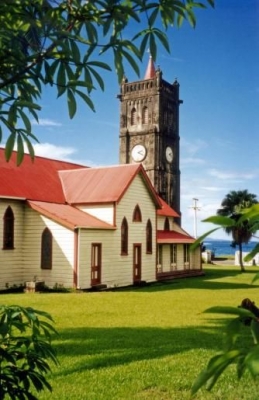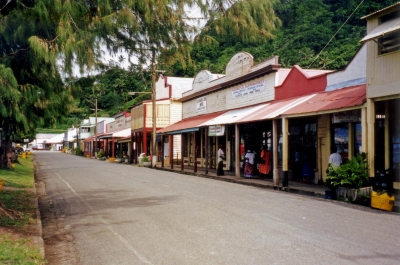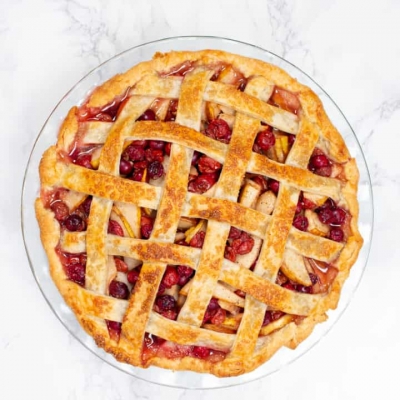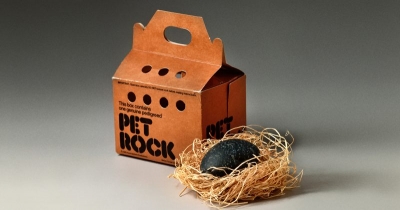Which are the places to visit in the Levuka?

Set amongst mango and coconut trees along the beach front of Ovalau island, the Levuka Historical Port Town is frozen in time.
The town centres around a stone and concrete wall that runs along the length of Beach Street, the main part of the town. From Beach Street, other lanes and streets of the town branch inland in a radial pattern following the contours of the land. Inland, located on one of the three creeks in the town, are the sites of two former indigenous villages – Totoga (Vitoga) and Nadau.
While Beach Street is lined with warehouses, port facilities, bond stores and commercial buildings, the indigenous villages are home to residences, educational, religious and social institutions.
Some of the places to visit in the town are:
The Levuka community centre
Financed by the Fijian people, this community centre houses a branch of the Fiji museum, a crafts centre, a public library and a meeting hall among others. The centre occupies a renovated store built in 1878 by Morris Hedstrom, a Fijian grocery store.
The Sacred Heart Chruch
This Roman Catholic church is situated in Beach Street. Its clock tower strikes twice each hour and instead of the standard chime, it gives out a thud. The clock tower serves as a lighthouse to guide ships to the port. The church was built in 1858 by the Marist Fathers.
Levuka Town Hall
Constructed in 1898 in honour of Queen Victoria’s Diamond Jubilee, the Levuka Town Hall houses the Levuka Town Council.
Mission Hill
Some of Levuka’s finest buildings are perched atop Mission Hill. These include the Methodist mission homes and the Delana Methodist School. One needs to climb 199 steps to reach the top. The Levuka Government Hospital sits at the foot of the hill.
Royal Hotel
The oldest operating hotel in the South Pacific, the Royal hotel is over 100 years old. Resembling a roadhouse from the U.S old west, the hotel was rebuilt around the turn of the century by Captain David Robbie, a retired seaman. He thickened the walls so that they could withstand hurricanes.
Totoga Falls
The Totoga Creek, the source of freshwater for the town, has several swimming holes for people to take a dip. Most of these holes are accessible through a climbing trail known as Bath Road.
Picture Credit : Google



